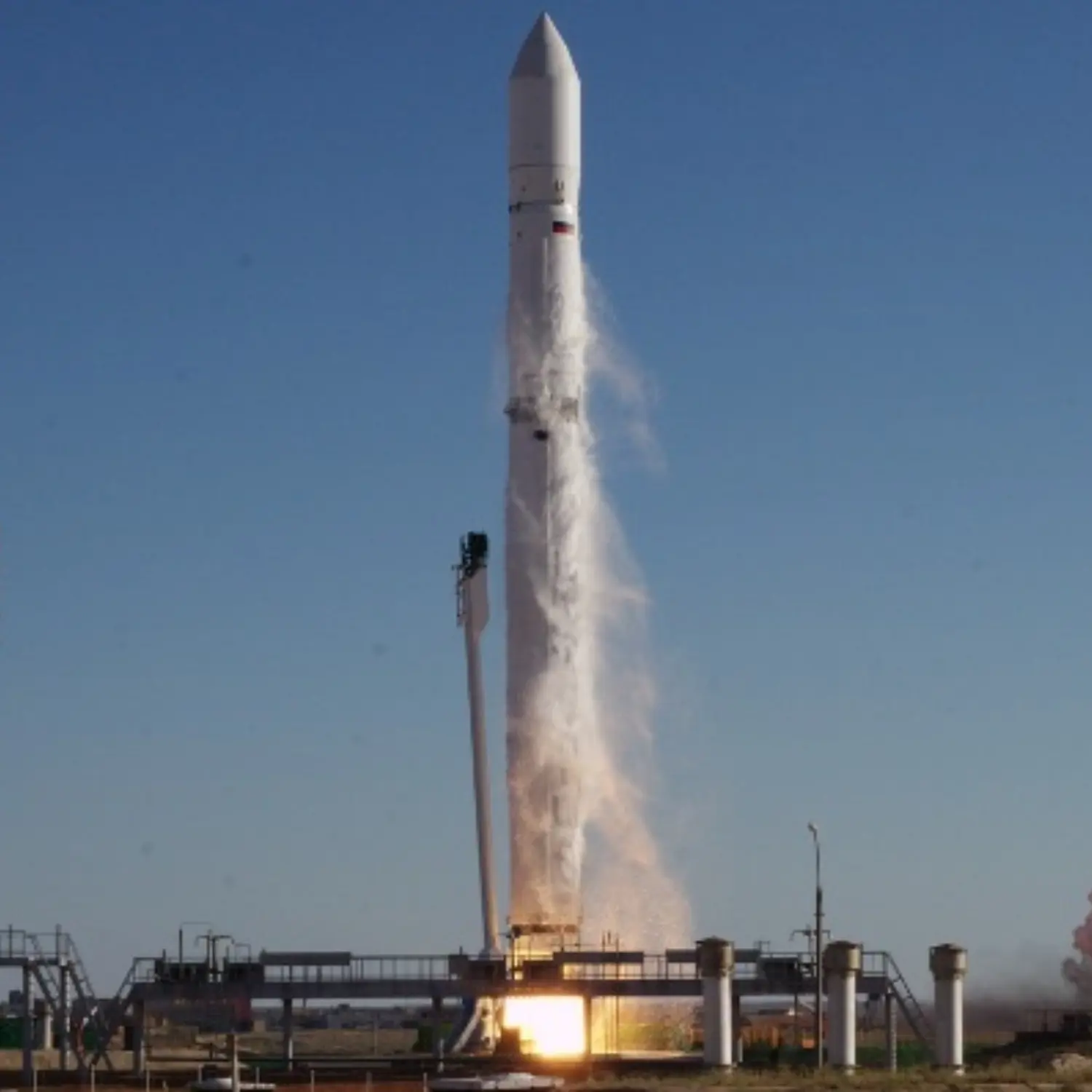Elektro-L n°1
Launch Success
Liftoff Time (GMT)
12:29:02
Thursday January 20, 2011
Mission Details
Elektro-L n°1
Elektro-L n°1 (Russian: Электро-L) is a Russian geostationary weather satellite that was launched in 2011. The first Elektro-L spacecraft to fly, it became the first Russian geostationary weather satellite to be launched since Elektro n°1 in 1994. It was manufactured by Lavochkin, based on the Navigator satellite bus, and had a mass at launch of 1740 kilograms. Designed to operate for ten years, the satellite is positioned over the Indian Ocean at a longitude of 76 degrees east. The MSU-GS scanner is the primary instrument aboard the spacecraft. It is designed to produce visible light and infrared images of a full disc of the Earth. It can produce an image every half-hour, with visible light images having a resolution of one kilometre, and infrared images having a resolution of four kilometres. The satellite also carries GGAK-E, a heliophysics payload designed to study radiation from the Sun. The satellite will also be used to relay data between Russian weather stations, and will also be used to relay signals as part of the Cospas-Sarsat system. It carries seven infrared channels and three visible channels.
Geostationary Earth Orbit
1 Payload
1,740 kilograms
Rocket


Manufacturer
YuzhmashRocket
Height: 54.35m
Payload to Orbit
LEO: 13,740 kg
GTO: 6,000 kg
Liftoff Thrust
7,257 Kilonewtons
Fairing
Diameter: 4.1m
Height: 10.7m
Stages
3
Launch Site
Stats
Zenit
72nd
Mission
1st
Mission of 2011
2011
1st
Orbital launch attempt